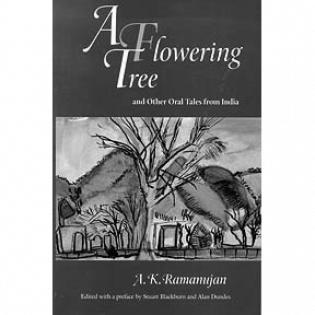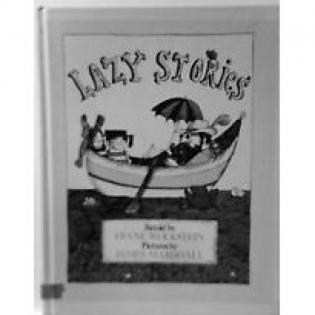These Australian folktales compare selfish and unselfish behaviors and tell the origin story of our permanent responsibility as caretaker of the land.
Filter by subjects:
Filter by grades:
Filter by audience:
Filter by issue area:
Filter by content type:
Filter by resource type:
resource search
Learners analyze characters in five European folktales, particularly female characters. They analyze what small acts of kindness contribute to both the giver and receiver.
Indian Tale: A man and wife receive a visitor one rainy night. He praises them for welcoming him, and, little by little, teaches them how to share what they have. Miserliness is a habit that can be unlearned.
The featured folktales explore themes of helping people make judgments of integrity in different situations.
A Mexican Tale: A lazy man helps a man with a runaway horse and in return he is amply rewarded.
Sometimes you have to give up what you truly love to get what you really want. That can be a hard lesson when you have almost nothing. This lesson looks at who has the responsibility to be generous and what changes can come about because of one’s generosity.
When life is at its most difficult and grief is great, a generous sacrifice can move the spirit toward life again. In these folktales, two Inuits face death with a truly generous spirit.
Learners analyze Buddhist folktales to determine their relevance to everyday life. There are times when the easiest thing one can do is leave and let others deal with a stressful situation. When one stays and works through the tough times with responsibility...
In the featured folktales, we learn the impact of misjudging the character of another, and understand that an evil act does not require a person to return evil with evil.


